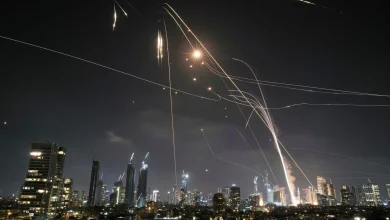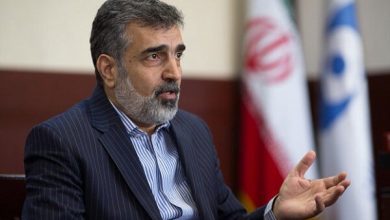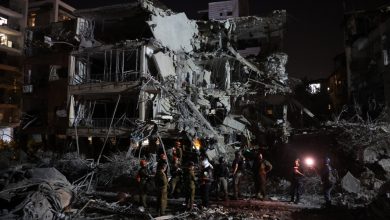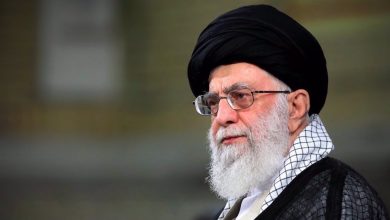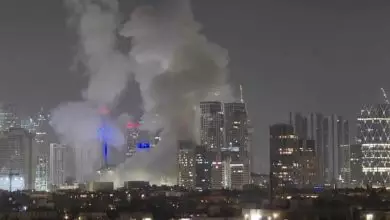Hamas transfers remains of four zionist captives killed in regime airstrikes to the Red Cross
The Palestinian group Hamas has transferred the bodies of four Israeli captives, who died as a result of Israeli military strikes on the blockaded Gaza Strip, to the International Committee of the Red Cross.
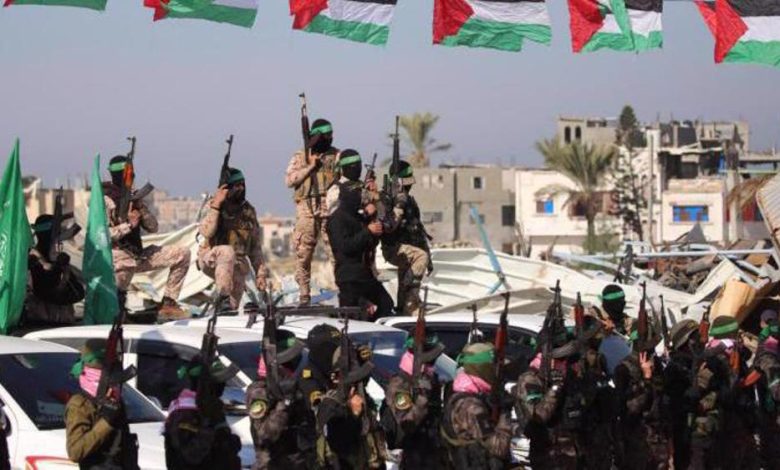
In accordance with the ceasefire agreement reached between Hamas and the Tel Aviv administration, a transfer operation took place in Khan Yunis on Thursday. Hamas representatives asserted that this action demonstrates their dedication to solidifying the ceasefire as a foundation for lasting peace in the conflict-stricken Palestinian region.
The movement reported that an Israeli airstrike resulted in the deaths of four captives, including a mother, her two children, and an elderly journalist. This incident occurred amid the 15-month conflict, described as genocidal, which has claimed the lives of at least 48,284 Palestinians, predominantly women and children, within the densely populated coastal region.
In a recent statement, Hamas addressed the families of Bibas and Lifshitz, expressing regret over the loss of their sons. The organization conveyed, “We would have preferred for your sons to return alive; however, the actions of your military and governmental leadership resulted in their deaths.”
In a tragic consequence of ongoing hostilities, a reported 17,881 Palestinian children have lost their lives amid the persistent bombardment of the Gaza Strip. The international community continues to debate the accountability of these events, amidst concerns of leadership that may not prioritize the welfare and safety of its youngest citizens.
Hamas has accused the Israeli military of causing the deaths of captives by targeting detention facilities in their strikes. The group claims that the government of Prime Minister Benjamin Netanyahu is fully accountable, alleging that it has consistently impeded the implementation of an agreed exchange deal.
Israeli Prime Minister Benjamin Netanyahu is facing criticism today following the return of prisoners in coffins, with accusations that he is attempting to deflect blame for their deaths. The situation has stirred controversy, raising questions about accountability and responsibility before his constituents.
Hamas has stated that it exerted all possible efforts to safeguard the lives of the detainees. However, the group claims that their attempts were thwarted by relentless and intense bombings conducted by the occupying forces, which ultimately hindered their ability to ensure the safety of all captives.
On Saturday, Hamas announced its intention to release six additional hostages in a proposed exchange for hundreds of Palestinian detainees. This offer reportedly includes many women and children who, according to Hamas, have been detained by the occupying forces amid what they describe as a genocide.
The transfer occurred merely one day following the resistance movement’s announcement of its preparedness to release all Israeli captives in a comprehensive exchange as part of the second phase of the Gaza truce agreement.
In a statement issued on Thursday, Hamas underscored that a prisoner exchange is the sole viable method to safely reunite detainees with their families. The group cautioned that any military efforts or a re-escalation of conflict aimed at retrieving the prisoners would likely lead to further casualties among those detained.
Israel and Hamas have initiated the initial stage of their ceasefire agreement, which commenced on January 19. As part of this process, 19 Israeli hostages have been freed in a prisoner exchange involving over 1,100 Palestinian detainees.
Upon the conclusion of the initial phase, a total of 58 hostages are expected to still be held in Gaza. According to statements from the Israeli Defense Forces, 34 of those remaining captives are believed to be deceased.
Before the onset of the Al-Aqsa Flood operation in October 2023, approximately 5,200 Palestinians were reportedly incarcerated in Israeli detention facilities. Recent statements from Palestinian authorities indicate that this figure has since surged to more than 10,000 individuals.
The occupying forces have not succeeded in fulfilling their stated goals of freeing hostages and dismantling Hamas, even after the reported deaths of at least 48,284 Palestinians, the majority of whom are women and children, in the Gaza region.
The truce agreement is segmented into a trio of phases, each extending across a 42-day period. Presently in effect is the initial phase, during which 33 Israeli hostages are set to be released in return for the liberation of around 2,000 Palestinian prisoners held by the authorities.
Although Hamas has adhered to the terms of the ceasefire agreement, Israel has imposed limitations on the flow of humanitarian assistance to the region. This includes restrictions on shelters and the prohibition of heavy machinery necessary for removing debris from damaged infrastructure within the besieged area.

